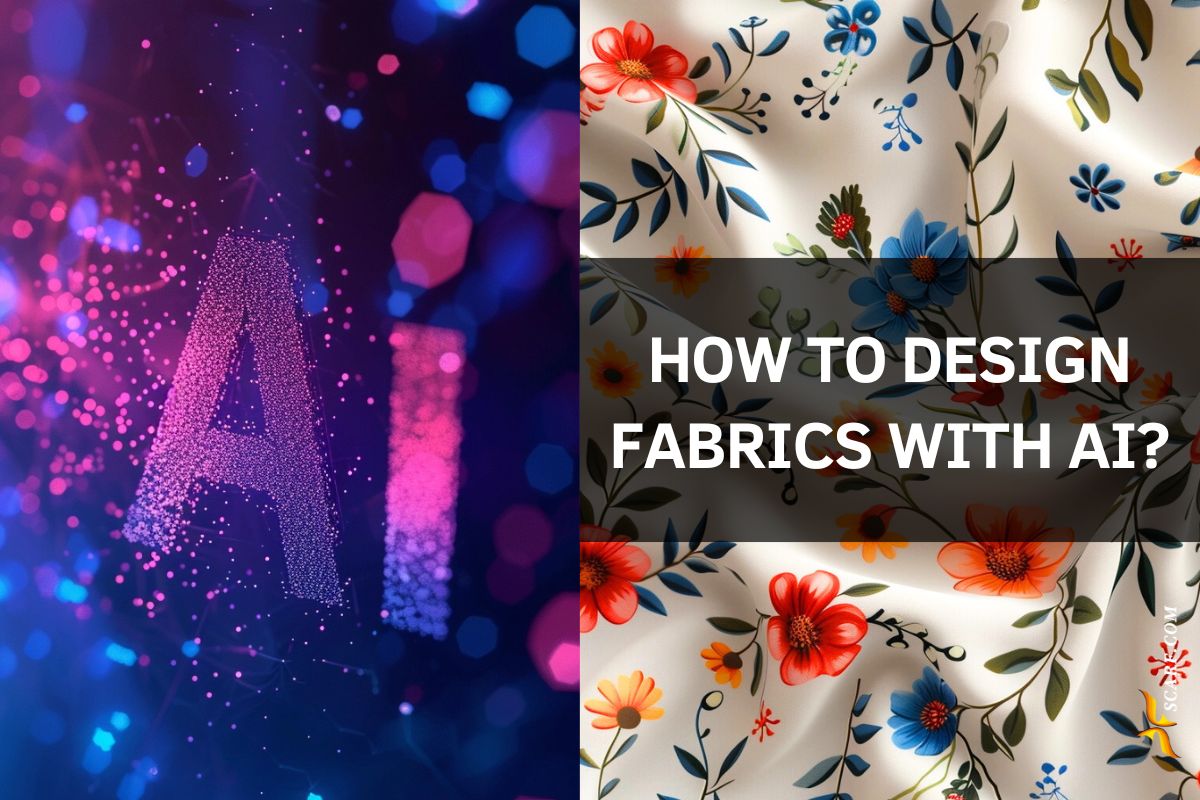The fabric design world is changing because of artificial intelligence (AI). As a designer, I’ve seen the shift from traditional hand drawing to AI design. This new method is faster and allows for more complex patterns. AI also helps us see how designs will look on different items before production. This change is not just about new tools; it’s transforming how we create fabric designs.
Design Fabrics with Midjourney AI
This time we are using midjourney’s Tile command. The tile command can generate repeatable graphic design patterns. The following are specific steps:
steps 1 – Create seamless patterns for fabrics
Using midjourney to design a repeatable floor plan is the first step. We only need to describe the pattern and style you want.
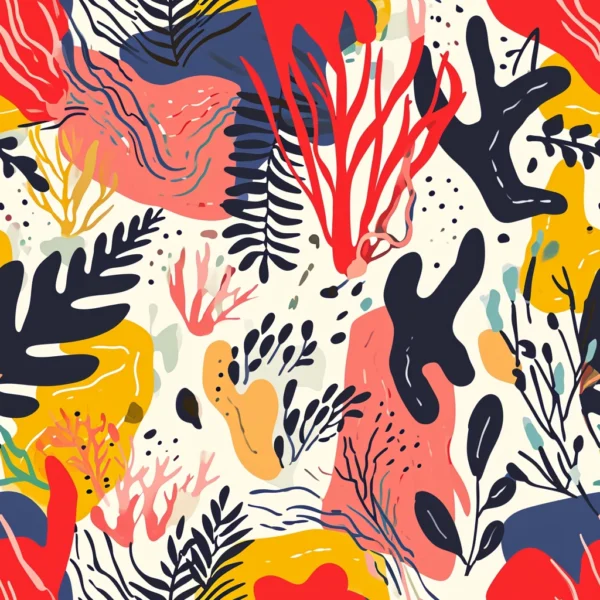

Midjourney Programming Instructions: 80’s style naturalist wallpaper, abstract –no photography –tile
steps 2 – Patchwork Pattern
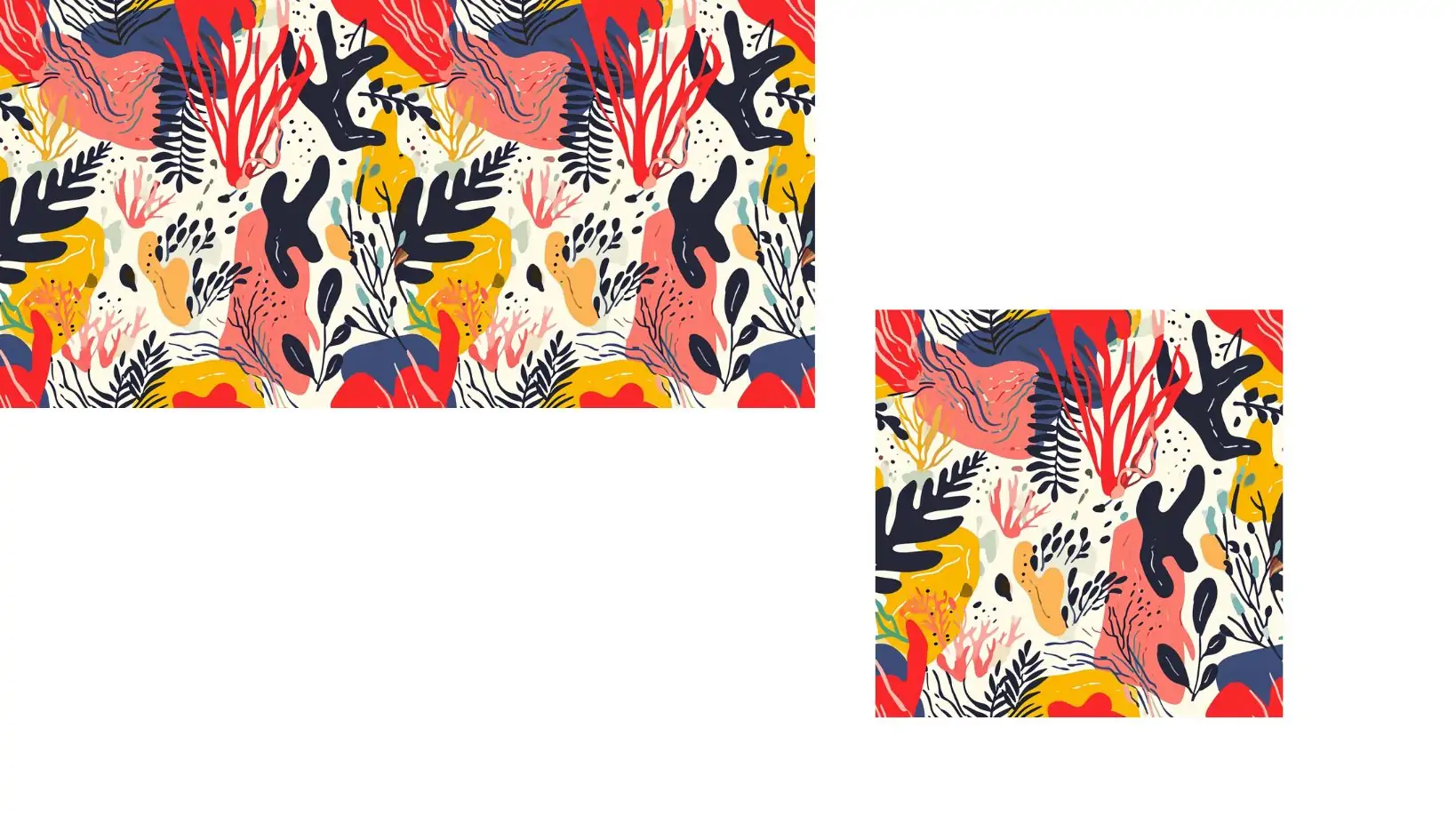

Designed pictures can be downloaded from md and spliced with PS. It should be noted that the downloaded pictures are in png format. If you need vector format, you need to install the Tracejourney plug-in, which is a paid plug-in. Or you can use clipdrop Tools for image enlargement
This time I designed a scarf fabric pattern. These are pictures of the designed fabrics waiting to be printed.
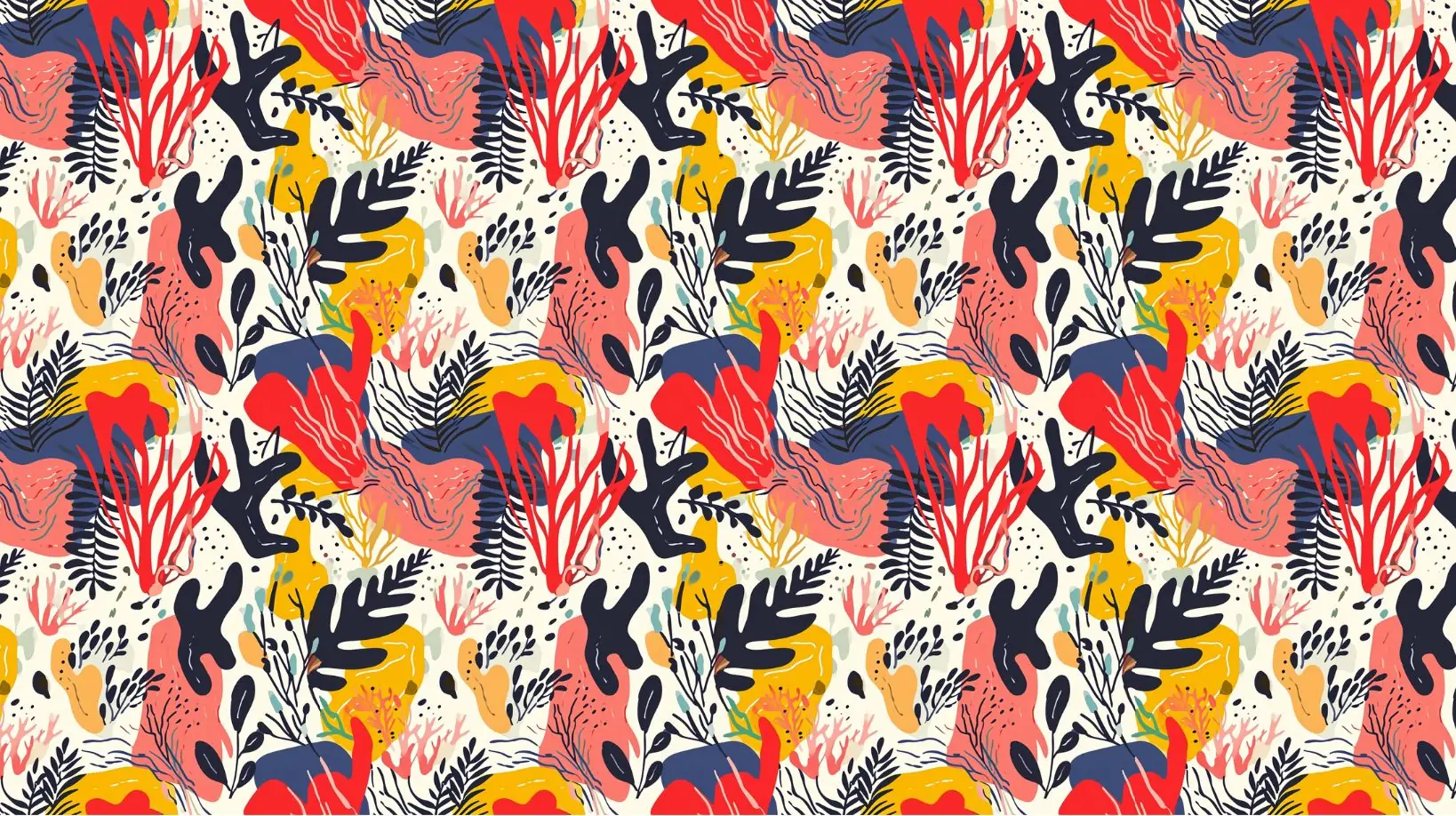

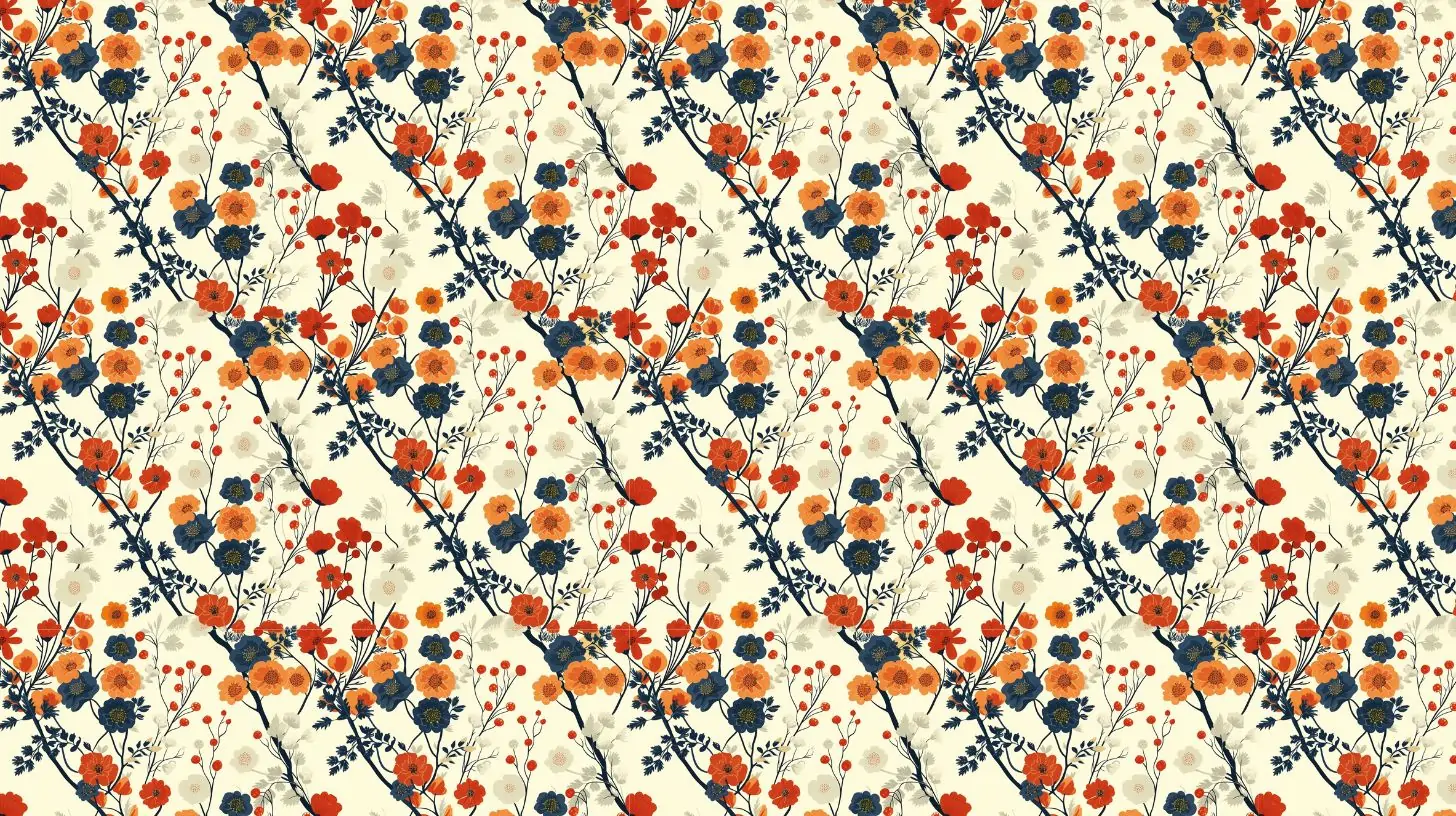

Midjourney Programming Instructions: a graphic design of flowers native to great britain –tile
The design showcases a classic floral pattern with a diagonal arrangement. It features a mix of warm-toned blossoms and cool blue leaves, creating a harmonious and timeless look. This style often adorns vintage fabrics and wallpapers, reflecting a cottage-inspired aesthetic with a touch of elegance.
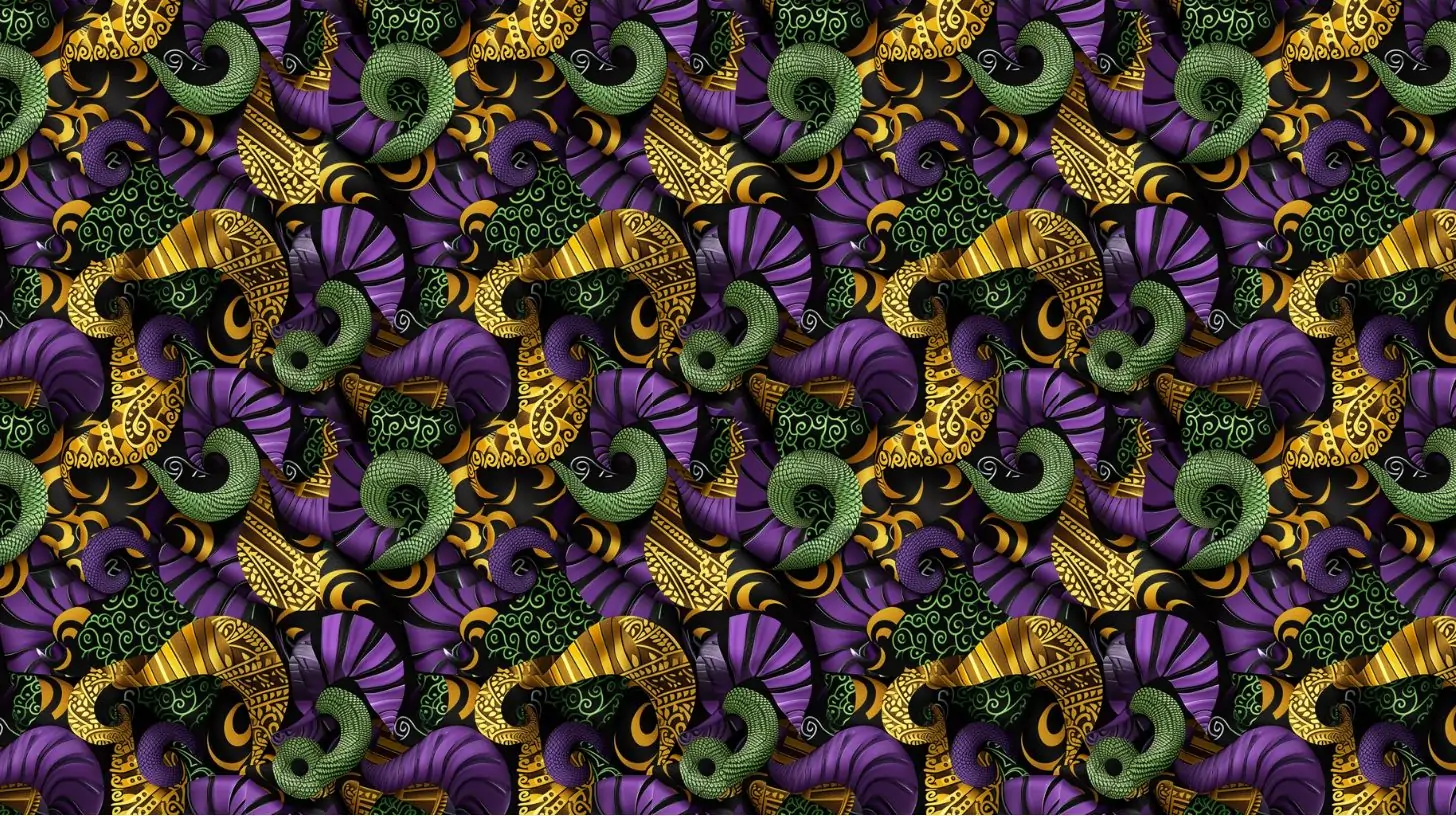

Midjourney Programming Instructions: 3D African print purple, green and gold, and black –tile
The image presents an African-style print, featuring rich purples, greens, and golds. The intricate patterns and spirals are typical of African textiles, symbolizing growth and vitality. The repetitive and symmetrical layout gives a sense of rhythm and movement, reminiscent of traditional African art and culture.
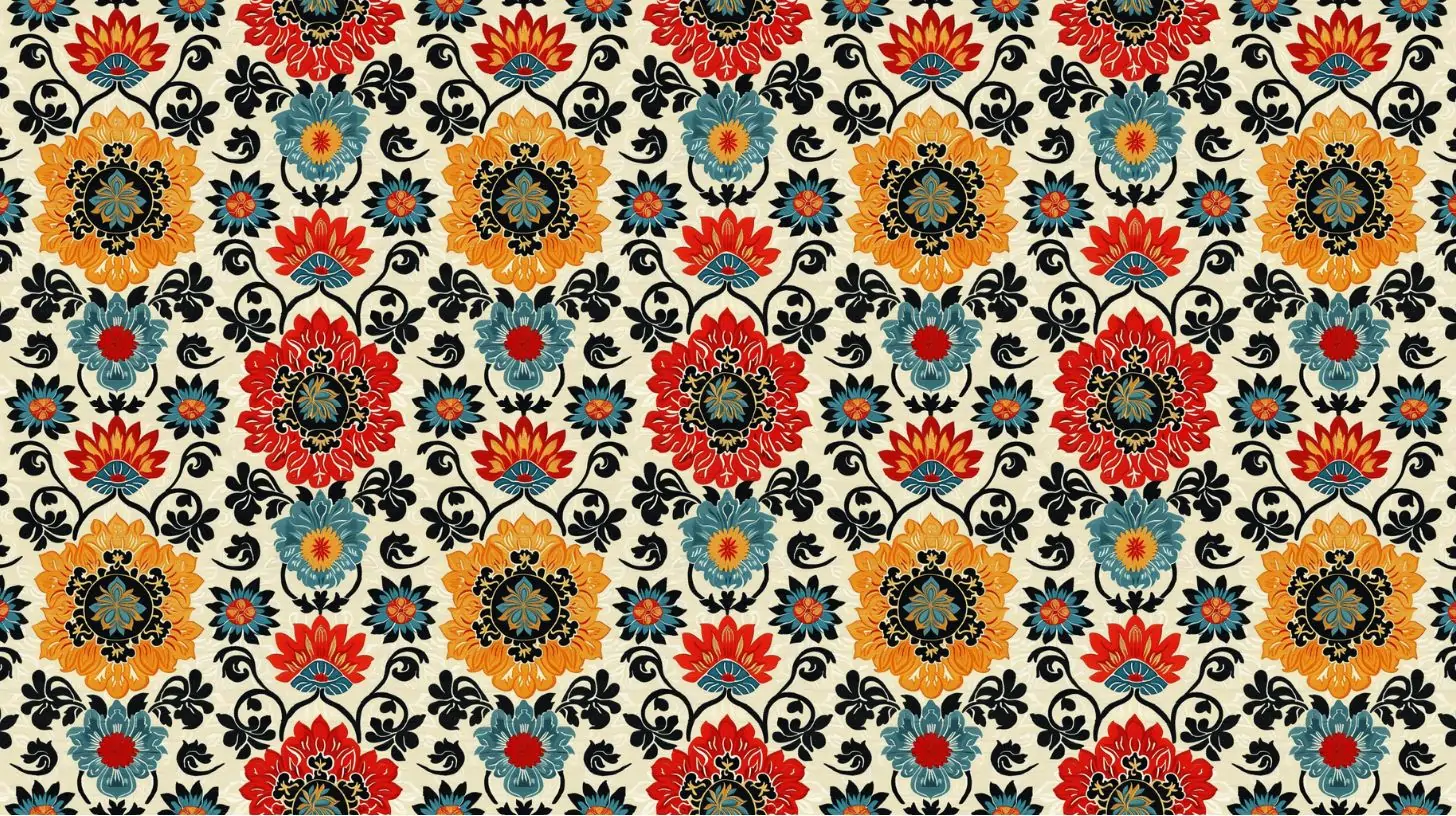

Midjourney Programming Instructions: uzbek adras fabric –tile –stylize 250
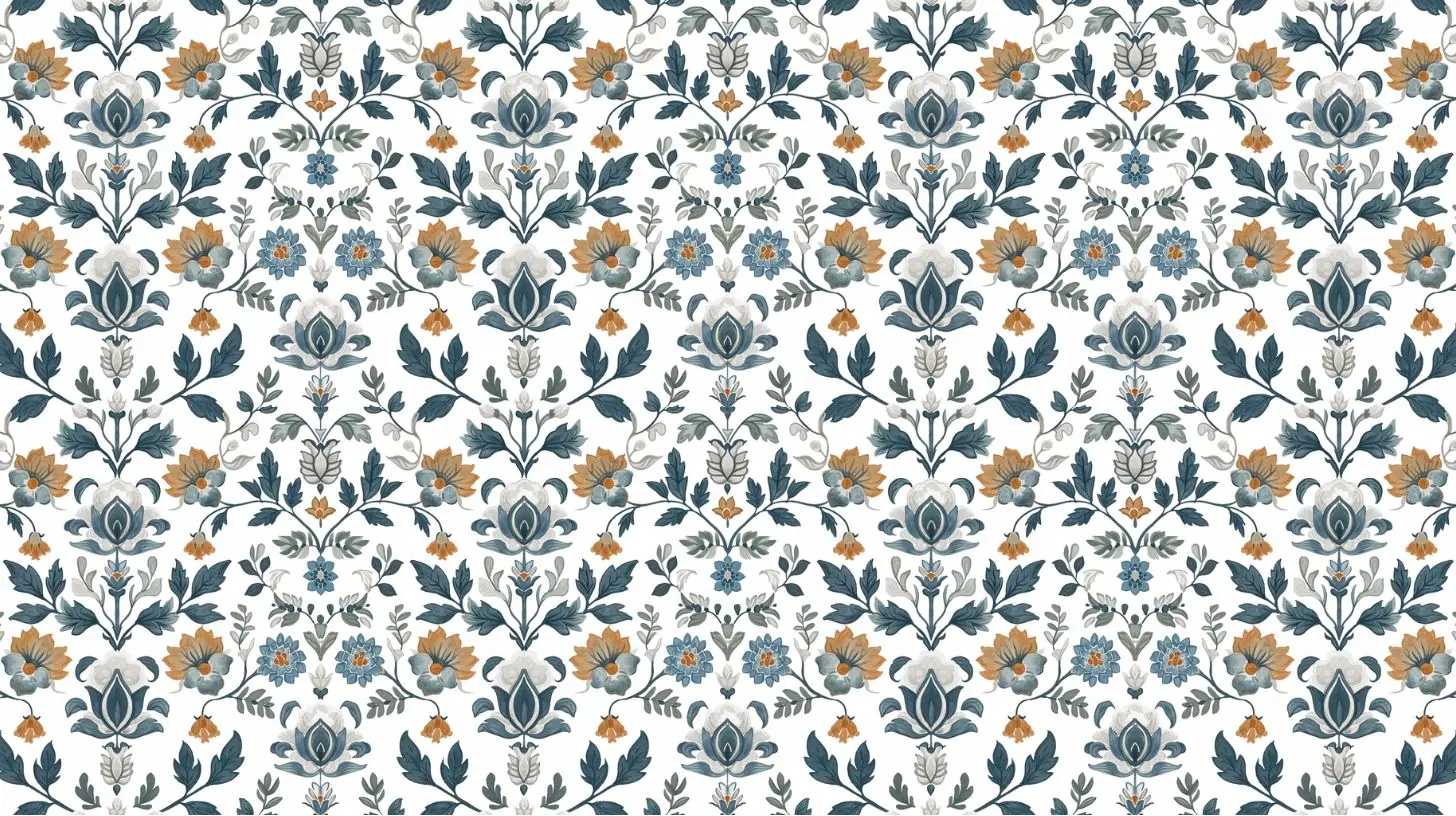

Midjourney Programming Instructions: blue and grey floral print on white, in the style of dark teal and light brown, pattern designs, light amber and navy, folkloric themes, green and blue, kathryn morris trotter, handcrafted designs –tile
This image features a floral pattern with a symmetrical arrangement, exuding a classic and elegant style. Soft blues, greens, and warm oranges are interwoven, creating a balanced and soothing palette. This design is reminiscent of traditional wallpapers and textiles, offering a timeless appeal that complements various interior decors.
Steps from design to manufacturing
Designing fabrics with AI can be an exciting and innovative process, blending traditional elements of fabric design with the latest in artificial intelligence technology. Here are some steps and considerations to get started:
1. Define Your Goals
- Aesthetic Preferences: Decide on colors, patterns (geometric, floral, abstract, etc.), and textures.
- Purpose: Consider the fabric’s end use—fashion, home decor, technical applications, etc.
- Material Specifications: Choose the type of fabric—cotton, polyester, silk, etc.—and any specific properties like stretchability, waterproofing, or UV resistance.
2. Gather Inspiration
- Collect images, motifs, and color schemes that inspire you. These can be used as input for the AI to generate designs that align with your vision.
3. Choose an AI Design Tool
- AI Design Platforms: There are several online platforms and software tools that specialize in AI-based pattern and fabric design. Examples include Adobe Sensei, Canva’s Magic Pattern, and more specialized textile design software that integrates AI.
- Custom AI Solutions: For more unique requirements, you might consider developing a custom patterns solution with a team that specializes in AI and machine learning.
4. Experiment with AI-Generated Designs
- Upload your inspiration and set your preferences in your chosen AI tool. The AI can generate a variety of designs based on your inputs.
- Adjust the parameters and refine your inputs based on the results to steer the designs closer to your vision.
5. Refine and Finalize
- Once you have a selection of AI-generated designs that you like, you may want to refine them. This can be done within the AI tool or by exporting the designs to a graphic design software for final touches.
- Consider how the design will be applied to the fabric. This may involve additional steps like digital printing, dyeing, or weaving.
6. Prototype and Production
- Before full-scale production, create prototypes of your fabric. This allows you to assess the design in physical form and make any necessary adjustments.
- Once satisfied, you can move on to producing your fabric in larger quantities.
Ethical and Practical Considerations
- Originality and Copyright: Ensure your designs are original or you have the rights to any inspirations used. AI can help create unique designs from initial inspirations.
- Sustainability: Consider the environmental impact of your fabric production process, including the materials and methods used.
In conclusion, designing fabrics with AI is an exciting and innovative approach that’s changing the face of the industry. By embracing this technology, we can reap the benefits of efficiency, precision, and innovation.
As we continue to explore the capabilities of AI, the potential for creating exceptional fabric designs is limitless. Whether you’re a seasoned designer or just starting, the use of AI in your design process can not only streamline your workflow but also unlock new opportunities for creativity and expression.
If you have any questions about fabrics or designs, you can consult us for free. Follow us to learn more about fabrics

